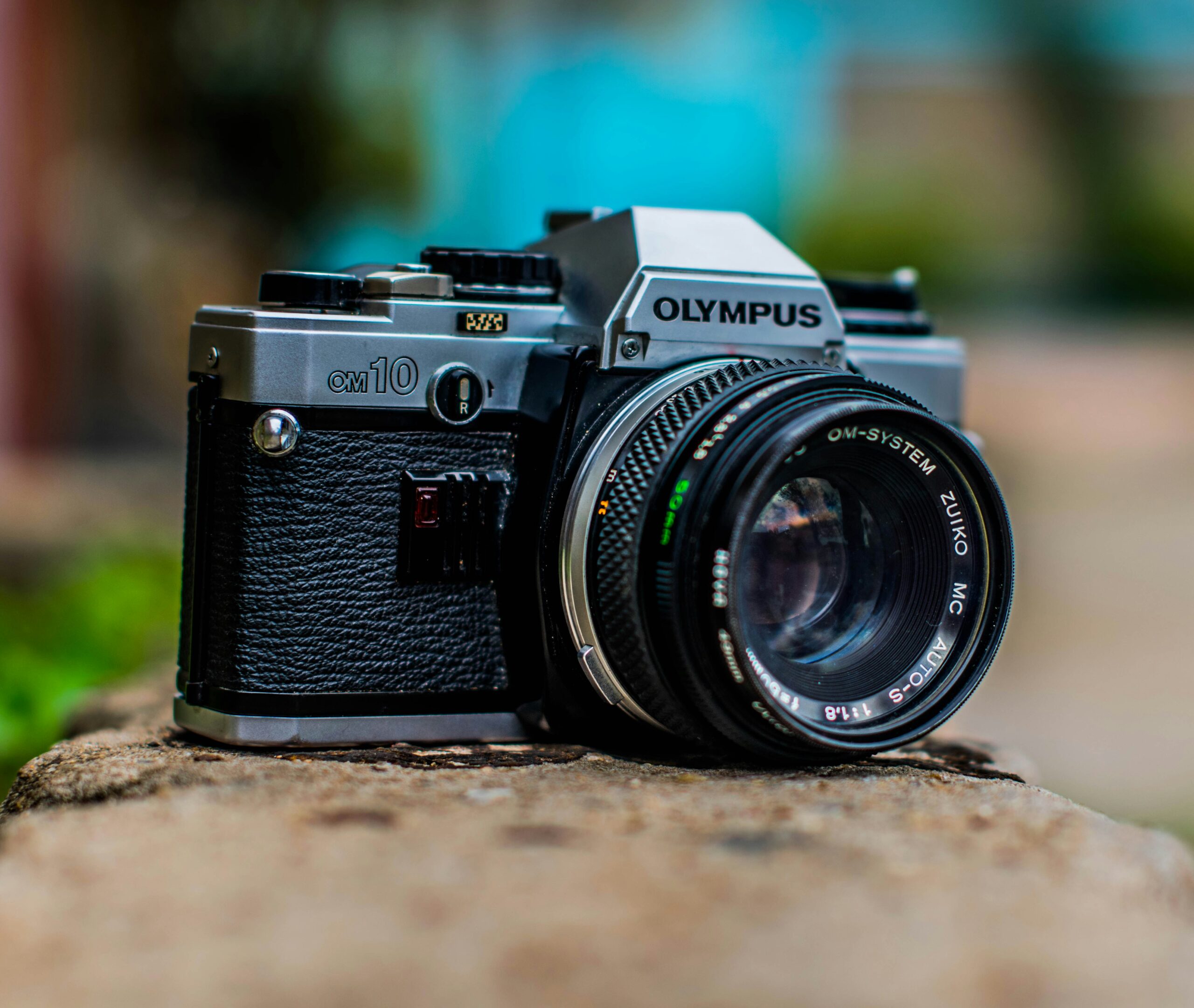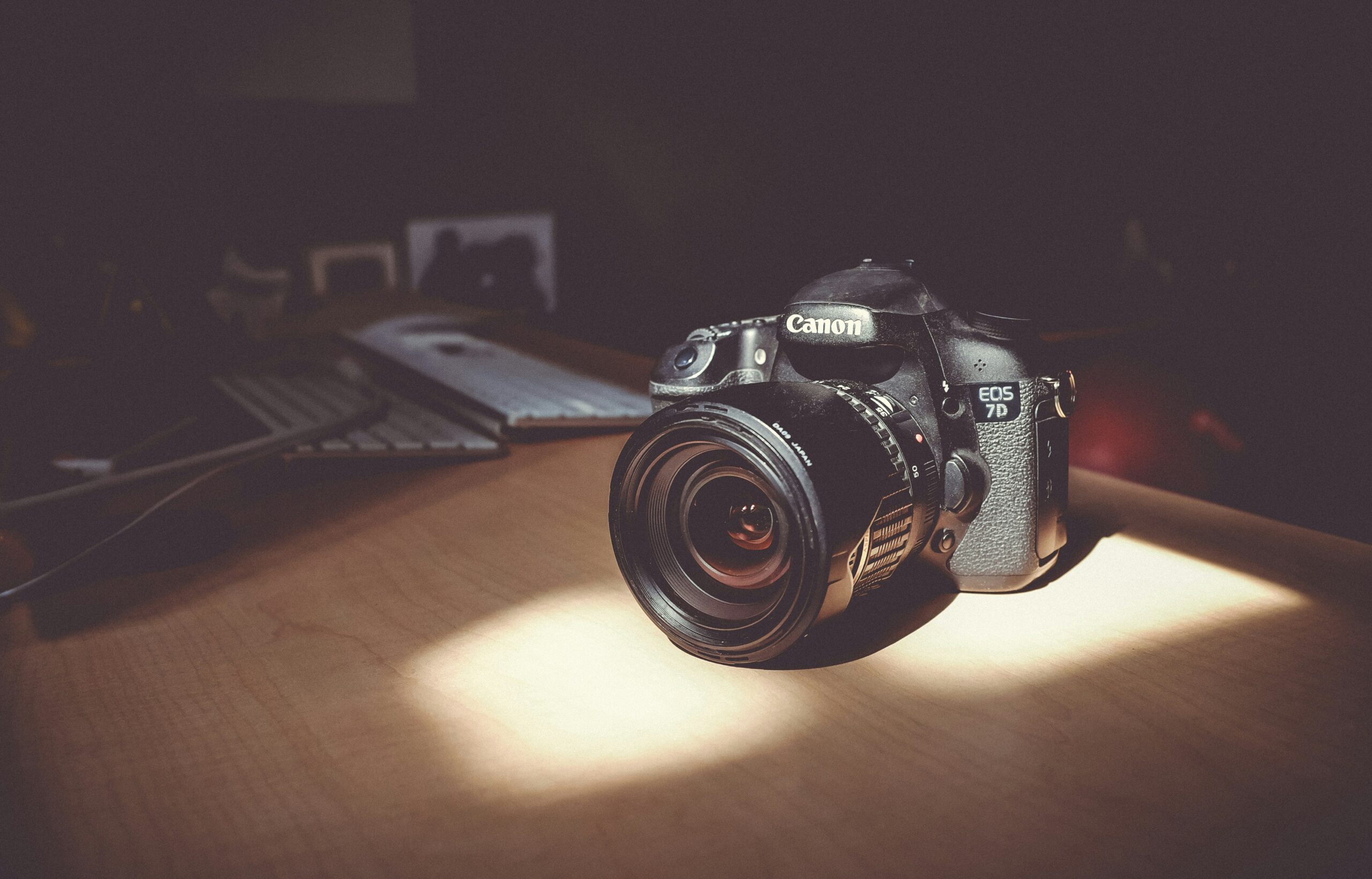Have you ever wondered about the objective lens diameter of binoculars? It’s an important aspect to consider when choosing the right pair of binoculars for your needs. In a nutshell, the objective lens diameter refers to the size of the front lenses of the binoculars. This diameter determines how much light can enter the binoculars, which ultimately affects the brightness and clarity of the images you see through them. So, if you’re curious to learn more about this essential feature and how it impacts your viewing experience, keep reading!

Understanding Binocular Terminology
Defining binoculars
Binoculars are optical instruments that consist of two identical telescopes mounted side by side, allowing you to view distant objects with both eyes simultaneously. They provide a magnified, three-dimensional image, making them popular for various activities such as bird watching, hunting, and stargazing.
Explanation of basic binocular terminology
To understand binoculars better, it’s important to familiarize yourself with some key terminology. These terms include objective lens, eyepiece, field of view, magnification, and objective lens diameter.
Differences between different terminologies used in binoculars
While binoculars share common terminology, it’s worth noting that some differences may exist depending on the manufacturer or model. However, the basic concepts and definitions of these terms remain consistent across most binoculars.
Introduction to Objective Lens
Definition of an objective lens
The objective lens is the larger lens at the front of the binoculars, directly facing the object you’re observing. It gathers light from the object and directs it to the eyepiece, contributing significantly to the overall image quality.
Role of the objective lens in binoculars
The objective lens plays a crucial role in determining the performance of binoculars. Its primary function is to gather light and bring it to focus, allowing you to see distant objects clearly. The quality of the objective lens greatly influences the clarity, brightness, and level of detail in the image you observe.
Factors that determine the quality of an objective lens
Several factors contribute to the quality of an objective lens in binoculars. These include the lens materials used, the precision of lens manufacturing, and the anti-reflective coatings applied to reduce glare and enhance light transmission. Optimal quality objective lenses ensure better image resolution, sharper contrast, and improved overall viewing experience.
Objective Lens Diameter
What does the term ‘objective lens diameter’ mean
Objective lens diameter refers to the size or width of the objective lens, typically measured in millimeters (mm). It represents the diameter of the lens when viewed from the front of the binoculars.
How the diameter is measured
The objective lens diameter is measured by simply determining the widest point across the front lens element using a measuring tool. This measurement is usually expressed as part of the binocular specifications, such as “8×42” or “10×50,” where the first number represents the magnification and the second number represents the objective lens diameter.
Understanding the specifications mentioned on binoculars
When looking at the specifications of binoculars, you may come across numbers like “8×32,” “10×42,” or “12×50.” The first number represents the magnification or how many times larger an object will appear when viewed through the binoculars. The second number, as mentioned earlier, denotes the objective lens diameter in millimeters. These specifications are crucial in determining the characteristics and capabilities of the binoculars.
Relation between Objective Lens Diameter and Light Gathering Ability
Why the diameter of the objective lens matters
The objective lens diameter directly affects the amount of light that can enter the binoculars. A larger objective lens gathers more light, resulting in a brighter image. On the other hand, a smaller objective lens allows less light to enter, leading to a dimmer image.
How the diameter affects light gathering power
The light gathering power of binoculars depends on the area of the objective lens. Since the lens collects light, a larger diameter means a larger surface area for light to enter. This translates to a greater amount of light being transmitted to the eyepiece, resulting in a brighter image, especially in low-light conditions.
Examples illustrating the effect of different diameters
To understand the impact of different objective lens diameters, consider two scenarios. In a 10×42 binocular, the 42mm objective lens diameter provides excellent low-light performance and a bright image. In contrast, a compact 8×25 binocular with a smaller 25mm objective lens diameter may struggle in low-light conditions, resulting in a darker image. Therefore, selecting the right objective lens diameter depends on the intended use and lighting conditions.

Implications of a Large Objective Lens Diameter
Pros and cons of larger objective lens diameters
Choosing binoculars with a larger objective lens diameter has several advantages. It allows more light to enter, providing brighter and sharper images even in low-light situations. Additionally, large objective lenses often result in a larger exit pupil, which is the bright circle of light you see when looking through the eyepiece. This greater exit pupil makes it easier to align your eyes and ensures a more comfortable viewing experience. However, larger objective lenses also lead to bulkier and heavier binoculars, making them less portable.
Different applications of binoculars with large diameters
Binoculars with larger objective lens diameters are particularly well-suited for activities such as stargazing, wildlife observation, and bird watching. These pursuits often involve low-light conditions, and the increased light gathering ability of larger objective lenses enhances the overall image quality, allowing you to observe distant objects with greater detail and clarity.
Factors to consider when choosing the diameter size
When selecting the objective lens diameter, consider factors such as intended use, portability requirements, and expected lighting conditions. If you primarily plan to use your binoculars during daylight activities or value portability, a smaller diameter may be adequate. However, if you frequently engage in low-light activities or prioritize image brightness and clarity, a larger objective lens diameter is recommended.
Implications of a Small Objective Lens Diameter
Pros and cons of smaller objective lens diameters
Opting for binoculars with smaller objective lens diameters offers some benefits. They tend to be more compact and lightweight, making them convenient to carry and use for extended periods. Additionally, smaller objective lenses often result in a wider depth of field, allowing you to focus on objects at varying distances. However, smaller objective lenses limit the amount of light entering the binoculars, resulting in dimmer images, especially in low-light conditions.
Applications of binoculars with small diameters
Binoculars with smaller objective lens diameters are ideal for daytime activities such as sightseeing, hiking, or watching sporting events. These pursuits typically involve ample natural light, making a larger objective lens unnecessary. Their compact and lightweight design makes them easy to carry around and store in a backpack or pocket, providing convenience without compromising on functionality.
When to choose binoculars with smaller diameters
Choose binoculars with smaller objective lens diameters if you prioritize portability, convenience, or engage primarily in daytime activities with sufficient lighting. If you don’t require the extra light gathering ability provided by larger objective lenses, opting for a smaller diameter ensures a compact, lightweight, and versatile option that suits your specific needs.

Influence of Objective Lens Diameter on Field Of View
Understanding the ‘field of view’
The field of view refers to the width of the observable area when looking through binoculars. It is typically measured in degrees or the width of the view at a specified distance. A wider field of view allows you to see more of the surrounding area, providing a more immersive viewing experience.
How objective lens diameter affects the field of view
The objective lens diameter indirectly affects the field of view. A larger objective lens diameter often allows for a wider field of view, enabling you to see a broader area without the need to constantly reposition your binoculars. Conversely, smaller objective lenses may result in a narrower field of view, limiting your overall vision.
Examples demonstrating the correlation between diameter and field of view
Consider two binoculars with different objective lens diameters: a 10×42 and a 10×25. While both offer the same magnification, the binoculars with a larger objective lens diameter will generally provide a wider field of view. This wider field of view can be advantageous when observing fast-moving subjects, scanning large landscapes, or participating in activities where a broad perspective is necessary.
Influence of Objective Lens Diameter on Binocular Magnification
Understanding binocular magnification
Binocular magnification determines how much larger an object appears when viewed through the binoculars compared to the naked eye. It is represented by the first number in the binocular’s specifications, such as “8x” or “10x,” where 8x magnifies the object eight times and 10x magnifies the object ten times.
Role of objective lens diameter in binocular magnification
Objective lens diameter does not directly impact magnification. Instead, it affects the overall image quality and brightness, as discussed earlier. As long as the binoculars have the same magnification, the objective lens diameter does not significantly influence the perceived size of the observed object.
Impact of the diameter on the overall image quality
While objective lens diameter doesn’t affect magnification, it still plays a crucial role in image quality. Larger objective lenses allow more light to enter the binoculars, resulting in brighter images and improved clarity. This enhanced image quality, coupled with higher magnification, can provide a more detailed and immersive viewing experience.
Determining the Right Objective Lens Diameter for Different Uses
Choosing binoculars for bird watching
For bird watching, consider selecting binoculars with larger objective lens diameters ranging from 32mm to 42mm. This ensures optimal light gathering ability, bright images, and enhanced detail, allowing you to observe birds even in low-light environments.
Choosing binoculars for hunting
Hunters often require binoculars with the ability to spot game from a distance. Opting for binoculars with objective lens diameters between 42mm and 50mm can provide the necessary light transmission and clarity required for spotting and tracking animals.
Choosing binoculars for astronomy
Astronomy enthusiasts need binoculars that excel in low-light conditions and offer a wide field of view. Consider selecting binoculars with larger objective lens diameters, ranging from 50mm to 70mm, to ensure better light gathering, brighter images, and a broader perspective of the night sky.
Choosing binoculars for general use
For general use, such as hiking, sightseeing, or sporting events, binoculars with smaller objective lens diameters, typically ranging from 25mm to 32mm, are suitable. They provide a balance between portability and functionality, ensuring convenience without sacrificing image quality.
Tips for Maintaining Binoculars’ Objective Lens
Routine cleaning and maintenance tips
Regular maintenance is essential to keep your binoculars’ objective lens in optimal condition. Start by removing any dust or debris using a soft-bristled brush or a microfiber cloth. Be gentle and avoid applying excessive force while cleaning to prevent accidental damage.
How to clean the objective lens without damaging it
To clean the objective lens more thoroughly, dampen a lens cleaning cloth or lens tissue with a mild cleaning solution specifically designed for optical surfaces. Wipe the lens in a gentle circular motion, starting from the center and moving outward to remove any smudges or fingerprints. Avoid using abrasive materials or applying excessive pressure that could scratch or damage the lens surface.
Recommendations for storing binoculars safely
When not in use, store your binoculars in a protective case to prevent dust, moisture, or accidental impacts. It’s also advisable to keep them in a dry and controlled environment, away from extreme temperatures or humidity. Additionally, avoid exposing the objective lens directly to sunlight for extended periods, as this can cause damage.
In conclusion, the objective lens diameter plays a significant role in the performance and suitability of binoculars for various activities. Understanding the relationship between objective lens diameter and factors such as light gathering ability, field of view, and overall image quality enables you to make an informed decision when choosing the right binoculars for your needs. Whether you’re a bird watcher, hunter, stargazer, or simply in need of binoculars for general use, considering the objective lens diameter will enhance your viewing experience and ensure optimal functionality.
